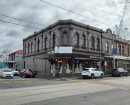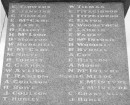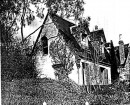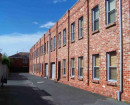FORMER WESLEYAN CHAPEL
147 WOODHOUSE GROVE BOX HILL, WHITEHORSE CITY
-
Add to tour
You must log in to do that.
-
Share
-
Shortlist place
You must log in to do that.
- Download report
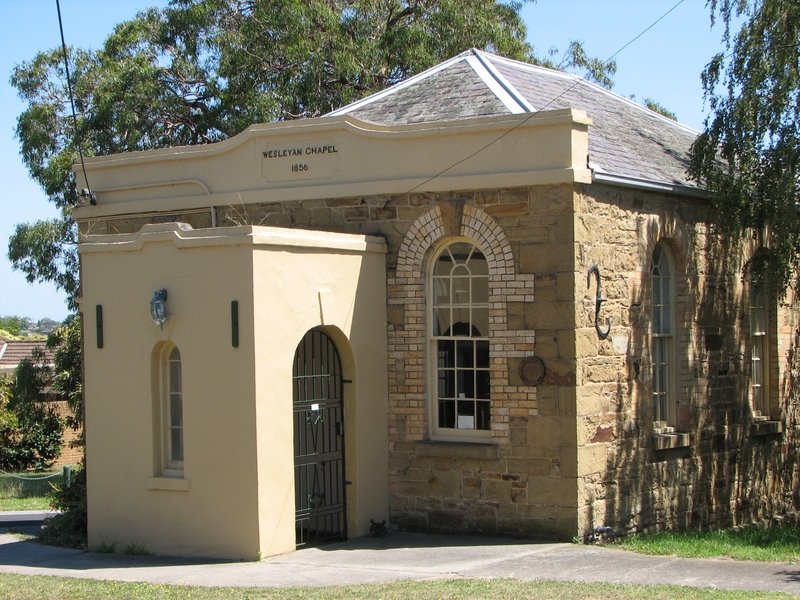

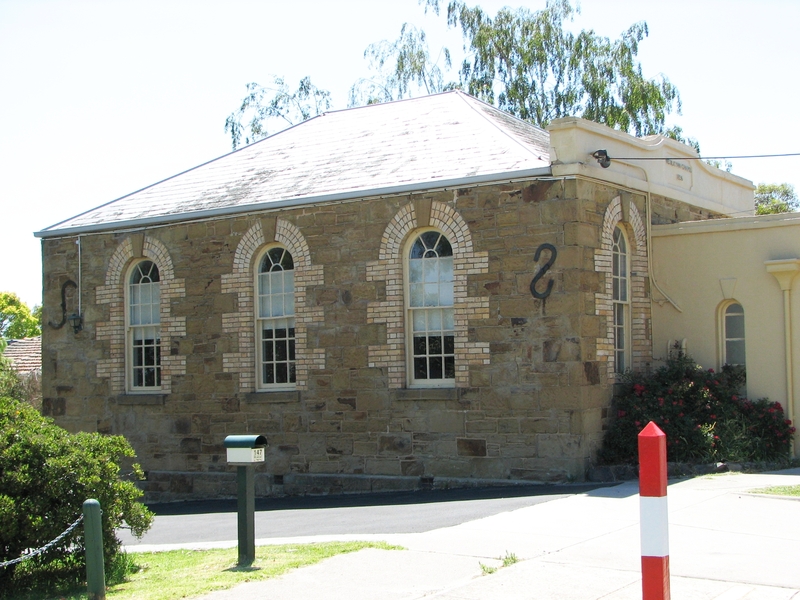
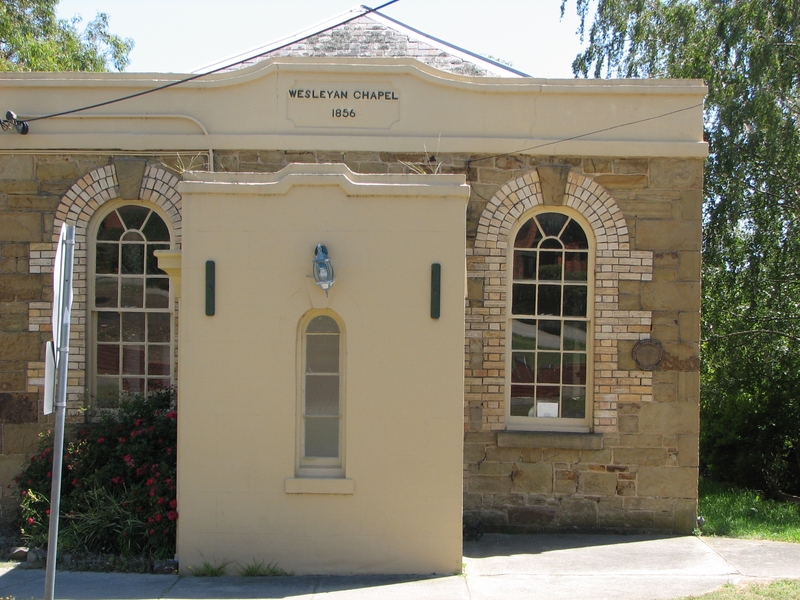
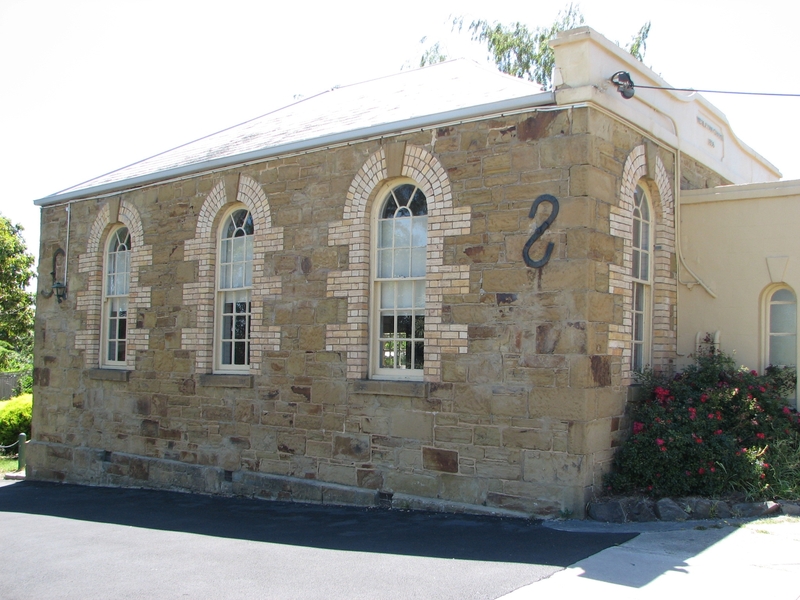

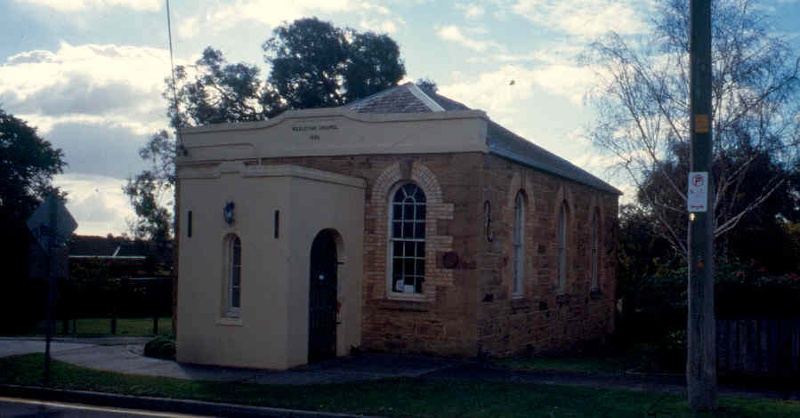
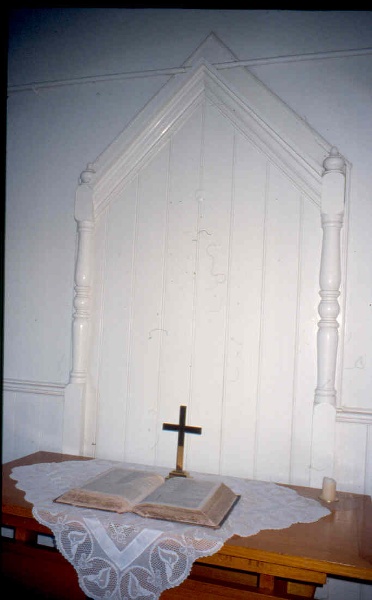

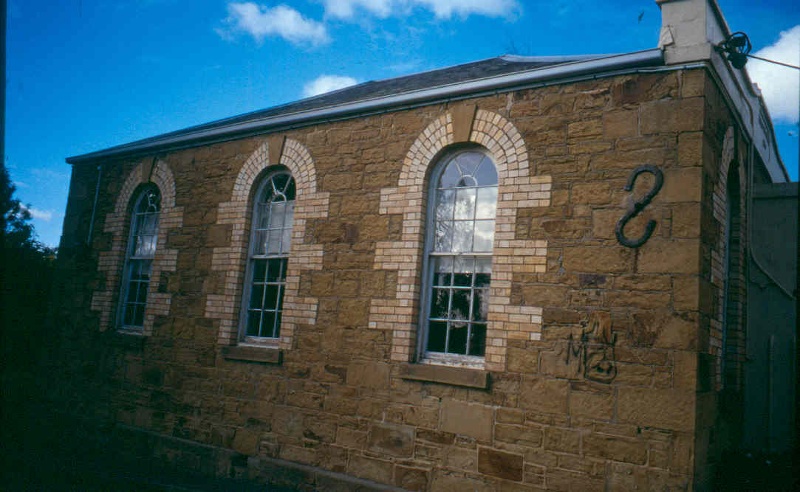
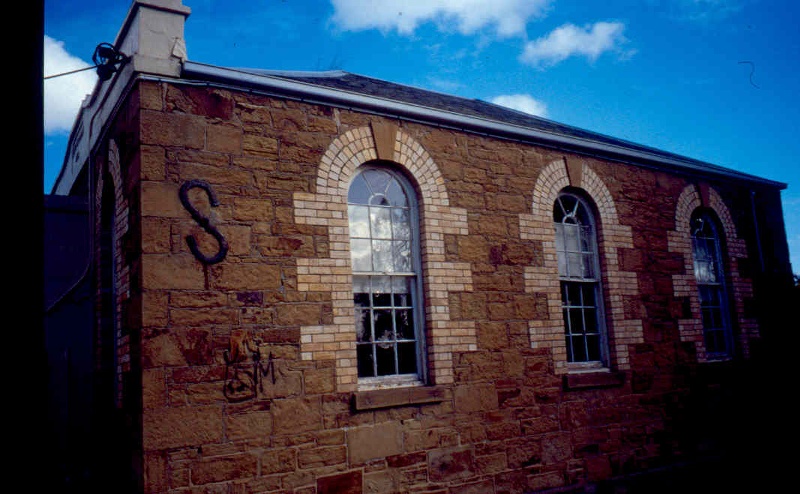

Statement of Significance
What is significant?
The former Woodhouse Grove Wesleyan Chapel was constructed in 1855-56. It was one of the first church buildings to be built in the Box Hill area, and the oldest surviving church building in the municipality. It has been in continuous use as a church since its construction and is now known as The Grove Uniting Church. The Woodhouse Grove Chapel is a small rectangular building of coursed freestone with stone quoining at the corners. It has round-arched timber framed windows with cream brick surrounds and keystones. It is a simple single roomed building with a porch to the Woodhouse Grove elevation.
How is it significant?
The Woodhouse Grove Chapel is of historical, aesthetic and architectural significance to the State of Victoria.
Why is it significant?
The Woodhouse Grove Chapel is of historical importance as an early intact building within the broader context of Victoria and in particular in the Whitehorse area. The Woodhouse Grove Chapel is important as it demonstrates the early establishment of individual towns around Melbourne that later became part of and were enveloped by greater Melbourne. The chapel is a remnant of the original small, once rural towns that grew up around Melbourne in the nineteenth century.
The Woodhouse Grove Chapel is of architectural and aesthetic significance as an unusual example of a Georgian detailed Wesleyan chapel. The chapel demonstrates an early use of cream brick and a rare use of the local Koonung Creek stone. The chapel is important as a substantially intact 1850s building which has undergone little alteration on the exterior or interior.
-
-
FORMER WESLEYAN CHAPEL - History
Assoc.People JOSEPH ASPINALL
Joseph Aspinall (1819-1898) acquired 49 acres from Jon Dane, grantee for Crown Allotment 12, in the Woodhouse Grove area in 1851. Aspinall was an orchardist, member of the first Nunawading District Road Board and foundation member of the Box Hill Cemetery Trust. He was a Methodist who made his home at the north end of Aspinall Road available for the first services in the district.
There was no grant of crown land, and not even a very good prospect of starting a school, but Aspinall was a staunch Methodist. Woodhouse Grove had taken its name from a Methodist college in Yorkshire. He set aside half an acre of his land and persuaded his friend Ben Lawford – who bought his property from Aspinall’s original purchase – to act as Secretary of the building committee.
Construction of the chapel commenced in 1855 using locally quarried Koonung Creek sandstone (Aspinall had previously worked a quarry on the Collingwood Flat).
Woodhouse Grove tradition is that it was opened by the Rev. Daniel Draper on Good Friday 1856, and its anniversaries are dated from then; but the Argus, which rarely deigned to mention Nunawading at all, reported on 2 January 1857 that the foundation stone had been laid by Mrs. Draper on Friday 26 December 1856 before a crowd of about 150 including some who were journeyed out from Collingwood and Boroondara. If this is so, then the most likely explanation is that the opening occurred on Good Friday 1857.
As with other churches in the area, it was the plan of the Woodhouse Grove congregation to use the building as a school. Bonwick in his role as Inspector, visited the new building in August 1857, admired its construction, and discussed the question of appointing a teacher. In December the Rev. Thomas Williams wrote to the Board applying for a salary at the usual rate for a master at the Wesleyan day school at ‘Woodhouse Grove alias Nunawading’. The records do not reveal the name of the proposed master or whether the school ever opened. If it did operate in 1857 it certainly was not in existence the following year.
The church became part of the Richmond circuit in 1863.
A plaque was unveiled by the Mayor of Box Hill, Councillor Ray Hill marking the recognition of the chapel building by the National Trust of Australia (Victoria) at a thanksgiving service held at the church on Sunday 17th November 1974.
The City of Whitehorse Heritage Review completed by Allom Lovell & Associates in 1999 identified the chapel as being of State significance and recommended it for inclusion in the Victorian Heritage Register.
The building is still in use as a church.
FORMER WESLEYAN CHAPEL - Permit Exemptions
General Exemptions:General exemptions apply to all places and objects included in the Victorian Heritage Register (VHR). General exemptions have been designed to allow everyday activities, maintenance and changes to your property, which don’t harm its cultural heritage significance, to proceed without the need to obtain approvals under the Heritage Act 2017.Places of worship: In some circumstances, you can alter a place of worship to accommodate religious practices without a permit, but you must notify the Executive Director of Heritage Victoria before you start the works or activities at least 20 business days before the works or activities are to commence.Subdivision/consolidation: Permit exemptions exist for some subdivisions and consolidations. If the subdivision or consolidation is in accordance with a planning permit granted under Part 4 of the Planning and Environment Act 1987 and the application for the planning permit was referred to the Executive Director of Heritage Victoria as a determining referral authority, a permit is not required.Specific exemptions may also apply to your registered place or object. If applicable, these are listed below. Specific exemptions are tailored to the conservation and management needs of an individual registered place or object and set out works and activities that are exempt from the requirements of a permit. Specific exemptions prevail if they conflict with general exemptions. Find out more about heritage permit exemptions here.Specific Exemptions:General Conditions: 1. All exempted alterations are to be planned and carried out in a manner which prevents damage to the fabric of the registered place or object. General Conditions: 2. Should it become apparent during further inspection or the carrying out of alterations that original or previously hidden or inaccessible details of the place or object are revealed which relate to the significance of the place or object, then the exemption covering such alteration shall cease and the Executive Director shall be notified as soon as possible. General Conditions: 3. If there is a conservation policy and plan approved by the Executive Director, all works shall be in accordance with it. General Conditions: 4. Nothing in this declaration prevents the Executive Director from amending or rescinding all or any of the permit exemptions. General Conditions: 5. Nothing in this declaration exempts owners or their agents from the responsibility to seek relevant planning or building permits from the responsible authority where applicable. Building Exterior:
* Minor repairs and maintenance which replace like with like.
* Painting of previously painted surfaces (but not signs), walls, posts, and roofing in the same colour.
* Treatments to stabilise and protect timber, masonry and metal structures.
* Removal of extraneous items such as air conditioners, pipework, ducting, wiring, antennae, aerials etc, and making good.
* Installation or repair of damp proofing by either injection method or grouted pocket method.
* Repair or replacement of fences and gates.
* Regular garden maintenance.
* Installation, removal and replacement of garden watering systems.
* Laying and repair of gravel toppings to the driveways.
Building Interior:
* Painting of previously painted walls and ceilings provided that preparation or painting does not remove evidence of the original paint or other decorative scheme.
* Removal of paint from originally unpainted masonry.
* Installation, removal or replacement of curtain track, rods, blinds and other window dressings.
* Installation, removal or replacement of hooks, nails and other devices for the hanging of mirrors, paintings and other wall mounted artworks.
* Removal of paint from originally unpainted or oiled joinery, doors, architraves and skirtings.
* Painting of previously painted walls and ceiling provided that preparation or painting does not remove evidence of the original painting or other decorative scheme.
* Installation, removal or replacement of carpets and flexible floor coverings.
* Installation, removal or replacement of ducted, hydronic or concealed radiant type heating provided that the installation does not damage existing skirtings and architraves and provided that the location of the heating unit is concealed from view.
* Installation, removal and replacement of electrical wiring provided that all new wiring is fully concealed.
* Installation, removal and replacement of bulk insulation in the roof space.
* Installation, removal and replacement of smoke detectors
FORMER WESLEYAN CHAPEL - Permit Exemption Policy
The purpose of the exemptions is to allow works that do not affect the cultural heritage significance of the place.
-
-
-
-
-
FORMER WESLEYAN CHAPEL
 Victorian Heritage Register H2010
Victorian Heritage Register H2010 -
Wesleyan Chapel - Box Hill
 National Trust H2010
National Trust H2010
-
'Altona' Homestead (Formerly 'Laverton' Homestead) and Logan Reserve
 Hobsons Bay City
Hobsons Bay City
-
-





